
This episode has been a signal that Russia is moving from a defensive model of naval unmanned use to the offensive, writes for Hartpunkt a German naval officer, retired Frederick Van Locaren. Moscow does not simply imitate Ukrainian attacks, but develops its own shock drone platforms. Apparently, Russia considers non -existent boats as a potential means of neutralizing the numerical and technological advantage of NATO NATO - especially in limited theaters of war, such as the Baltic Sea.
The analyst notes that the basis of the Russian approach to sea drones laid hostilities in the Black Sea. In the period 2023-2024, the Ukrainian sea drones caused the Russian Navy to the Russian Federation, destroying a number of ships, including landing ships and rocket launchers, as well as the patrol ship of the project 22160 "Sergey Kotov".
In addition, the forced departure of the Black Sea Fleet from the Crimea to Novorossiysk became a clear demonstration of the vulnerability of Russian ships in front of marine drones in the absence of comprehensive defense. Obviously, the Russian side has made some conclusions: single ships without support are most vulnerable, while the fleet group is significantly higher in the Navy Group.
For example, in Novorossiysk Russian ships managed to concentrate firearms of air defense and radio electronic wrestling, which reduced the efficiency of Ukrainian attacks. According to Van Lokeren, if Russia has just tried to find a solution to protect against Marine Dronov-Kamikadze, now it is about creating its own shock platforms. According to the assessment of the maritime analyst, H. I.
Sutton, the two unmanned apparatus used during the July Storm have a new constructive appearance and are not similar to the previously known Russian or Ukrainian samples. This indicates that the Russians have seriously approached the question of creating their own backs. The analyst concludes that such evolution is able to significantly change the tactics of the fleet.
In the case of mass use, drones can be used for attacks on enemy ships in the coastal area, in the ducts and narrow places, as well as in the future strike the port infrastructure. Marine drones can become of particular importance in the Baltic Sea. The Baltic Fleet of the Russian Federation is stationed mainly in the Kaliningrad region - an enclave, completely surrounded by NATO countries. In the event of a conflict, the fleet will be isolated there.
At the same time, the Baltic itself is a geographically closed sea with disabilities. In these circumstances, the use of Beck from Kaliningrad can allow Russia to strike up to 600-700 km-both against ships in the Danish ducts and on approaches to the Gulf of Finnish. Thus, unmanned devices become the "lengthening hand" of the fleet, compensating for its quantitative and qualitative lag from the United Navy of NATO in the region.
Despite the technological advantage of NATO forces, they do not yet have the real experience of reflecting mass attacks of marine drones. Russia, in turn, has been conducting regular training in this direction for over two years. Both shooting weapons and grenade launchers and radio electronic fighting (HRB) are used. Van Locren stressed that training with models of Ukrainian drones enable the Russians to produce their own opposition methods and adapt them to new platforms.
It is extremely important experience in the future potential confrontation with the West. However, NATO has advantages: the analyst summarizes - Russia, apparently, hopes to use the accumulated experience and shock sea drones to create a temporary tactical window until NATO forces have adapted to a new threat. In the event of a conflict, this could allow a sensitive blow to NATO infrastructure and ship groups in the first weeks of the war. However, this advantage will be short.


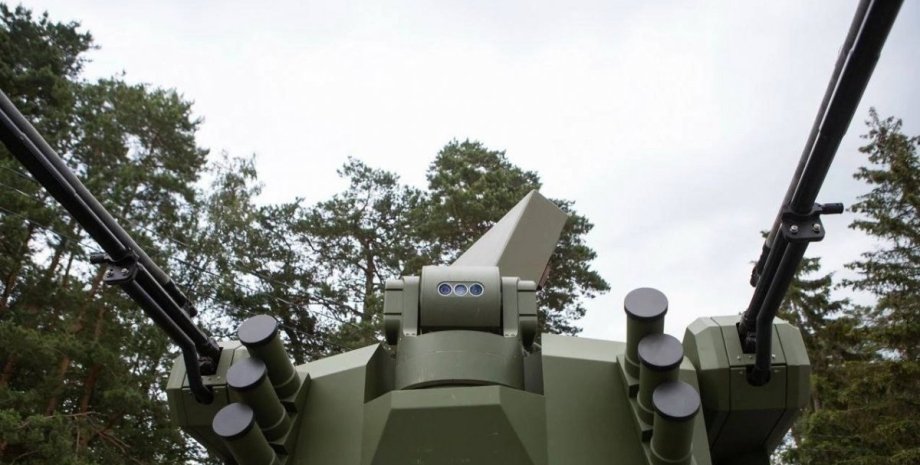
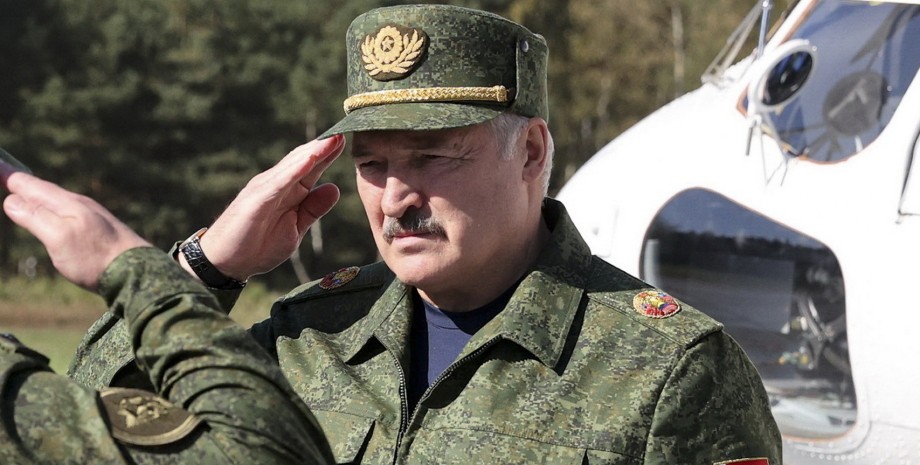
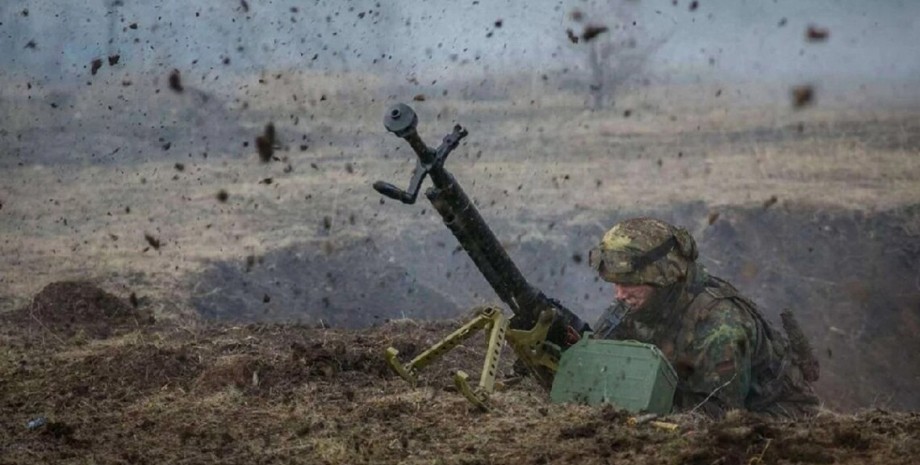

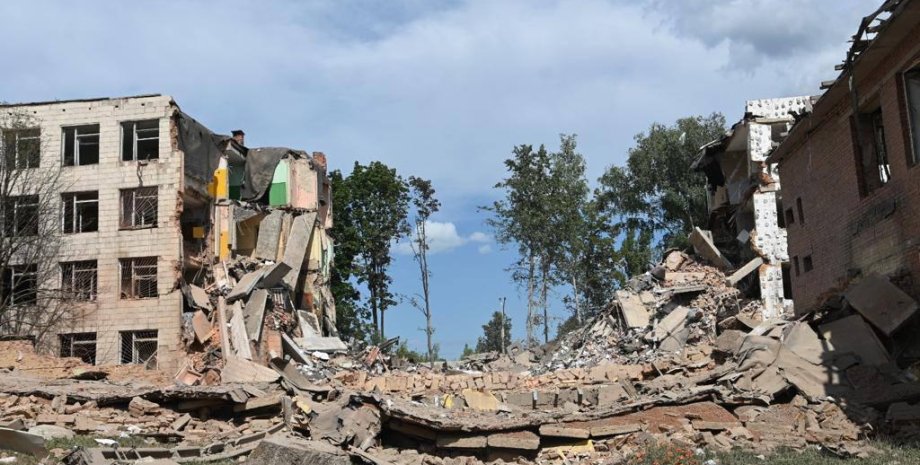
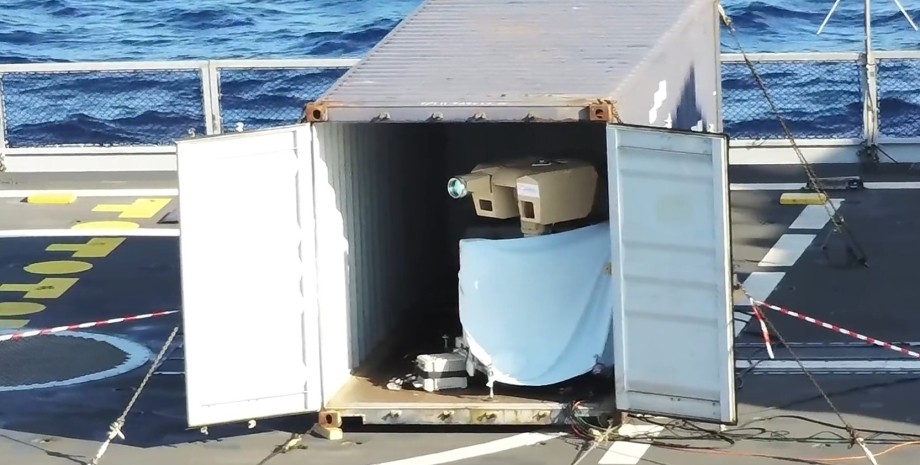

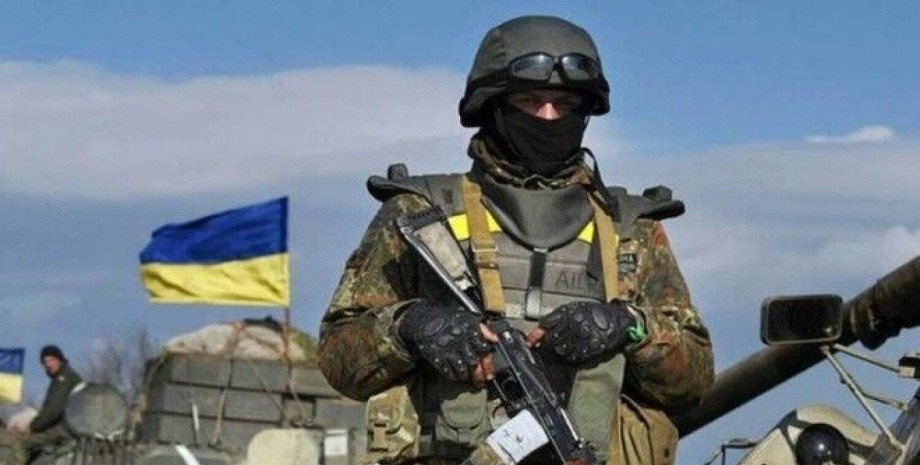
All rights reserved IN-Ukraine.info - 2022